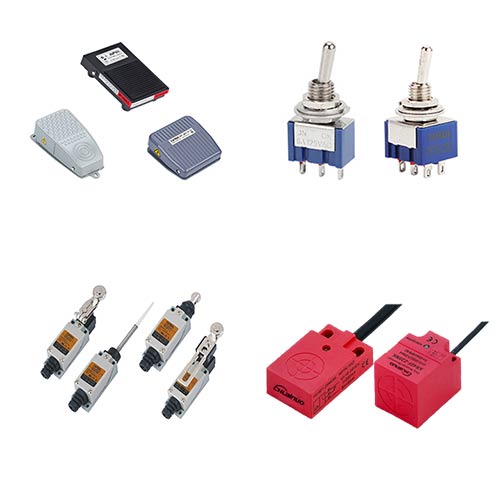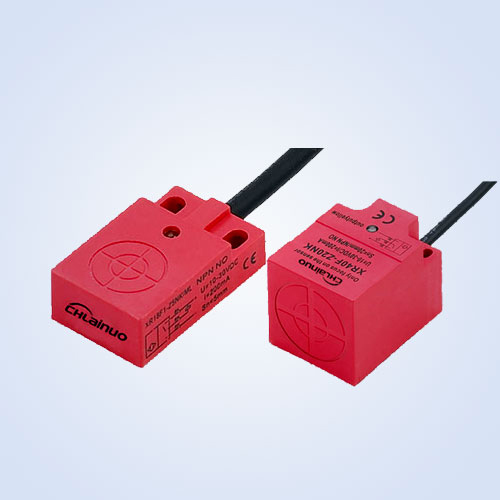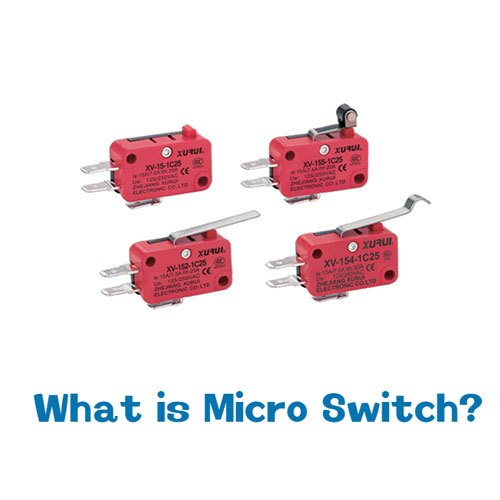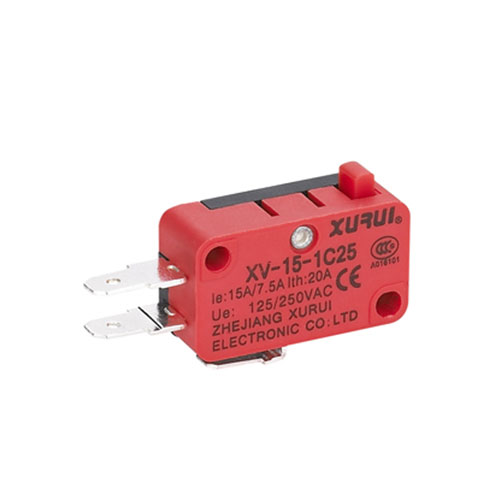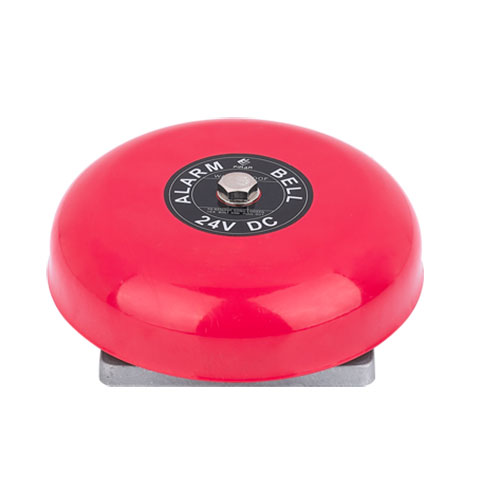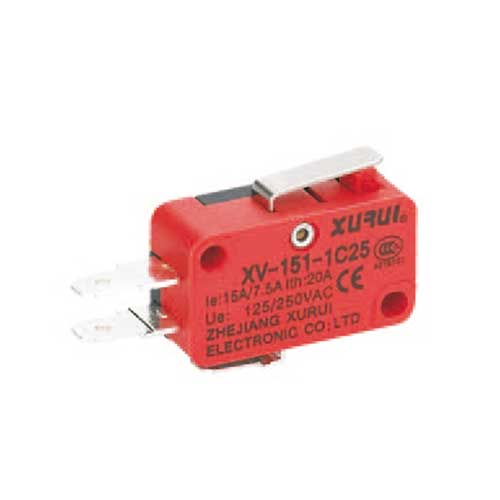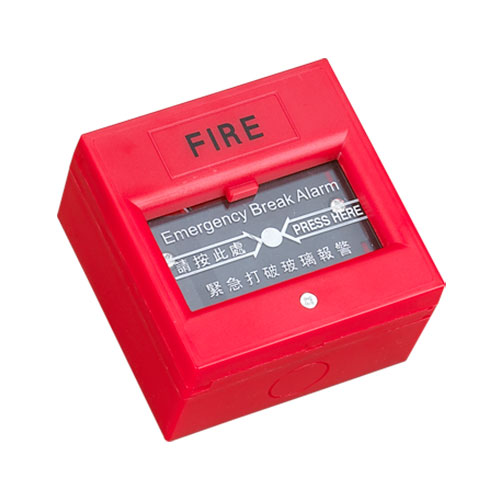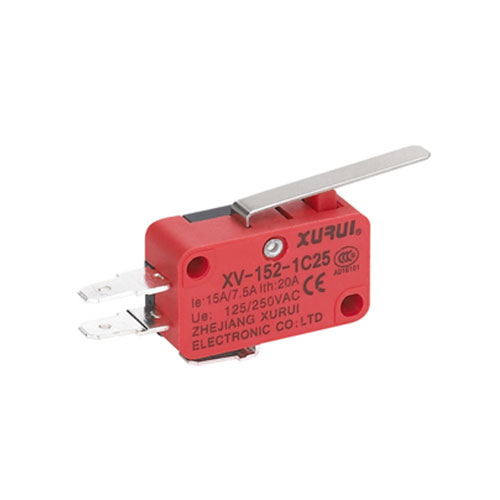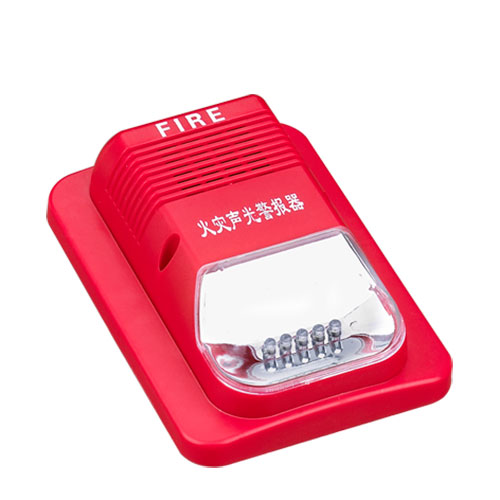Foot switches are versatile devices used to control electrical or mechanical systems with the foot, freeing up hands for other tasks. They come in various types, classified based on functionality, construction, and application. Here is a detailed breakdown:
1. By Functionality
Momentary Foot Switches: These switches connect the circuit when pressed and disconnect immediately upon release. Their temporary control feature makes them ideal for scenarios requiring short - term activation. For example, in medical settings, they are used to operate surgical drills, where precise and brief control is essential. They are also common in industrial assembly lines for momentary machine operations.
Maintained Foot Switches: When pressed, these switches remain in the activated (on) state and only deactivate (off) when pressed again. This makes them suitable for applications where a continuous state is needed. Industrial equipment like conveyor belts often use them for start - stop functions, allowing operators to keep their hands free during operation.
Multi - pedal Foot Switches: Equipped with multiple pedals, each can trigger a distinct function. They are widely used in musical equipment, such as electric guitars, where guitarists use them to switch between effects. In some industrial control panels, they enable operators to control multiple functions simultaneously.
2. By Construction
Mechanical Foot Switches: These rely on mechanical components like levers and springs to open or close the circuit. They have a simple structure, high reliability, and can withstand harsh environments. However, their response speed is relatively slow compared to electronic ones. They are commonly found in heavy - duty industrial machinery.
Electronic Foot Switches: Utilizing electronic components such as transistors and microchips for control, they offer fast response times and more advanced functions, such as adjustable sensitivity. They are sensitive to environmental factors like moisture and dust but are widely used in precision equipment like medical devices and audio equipment.
3. By Application
Industrial Foot Switches: Designed to withstand tough industrial conditions, they are durable, resistant to impact, and can handle high currents. They are used in welding machines, presses, and other industrial equipment.
Transcription Foot Pedals: Specifically used in audio transcription work, they allow transcribers to control audio playback (play, pause, rewind) with their feet, improving typing efficiency. They require precise operation to match the transcription pace.
Musical Instrument Foot Pedals: These directly affect the sound of musical instruments. For example, piano sustain pedals extend the sound of notes, and guitar effect pedals modify the tone. They demand high sensitivity to respond accurately to the musician's foot movements.
Pneumatic Foot Switches: Operated by air pressure, they control pneumatic systems. They are used in applications where electrical switches may be hazardous, such as in environments with flammable gases. They are often found in pneumatic tools and machinery.
4. How to choose the right foot switches
To select the appropriate foot switch, consider the following factors:
Usage scenario: Determine if it will be used in industrial, medical, musical, or other environments, as this affects the required durability, resistance, and functionality.
Functional requirements: Decide whether momentary, maintained, or multi - function control is needed based on the operation demands.
Environmental conditions: For harsh environments with dust, moisture, or high temperatures, choose rugged mechanical or industrial - grade switches. For clean and precise settings, electronic switches may be more suitable.
Compatibility: Ensure the foot switch is compatible with the equipment it will control, in terms of voltage, current, and connection type.
Ergonomics: Consider the comfort of operation, especially for prolonged use, to reduce operator fatigue.
Conclusion:
Foot switches offer unparalleled convenience and safety for hands-free operation across countless domains. By understanding the core distinctions based on functionality (momentary, maintained, multi-pedal), construction (mechanical vs. electronic), and primary application (industrial, transcription, music, pneumatic), you can make an informed decision. Carefully evaluating your specific electrical, environmental, physical, and functional requirements is the key to selecting the foot switch that will perform reliably and effectively for years to come.


